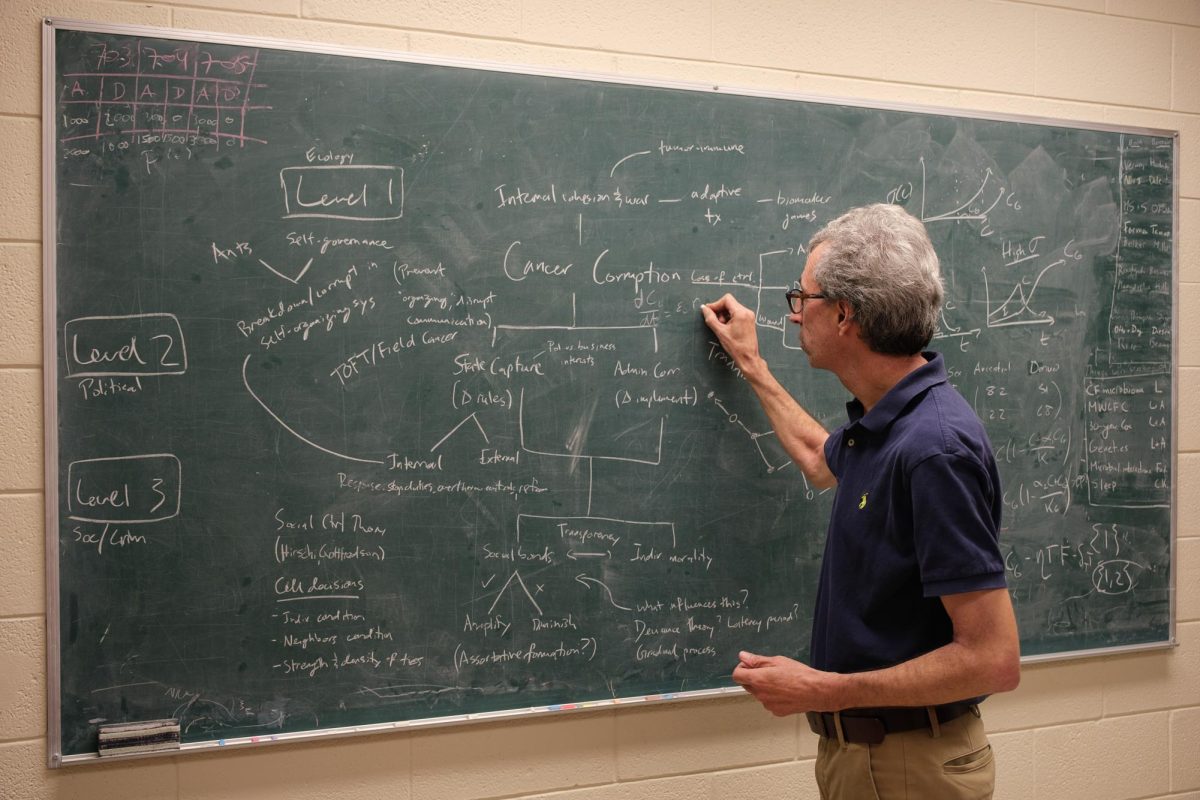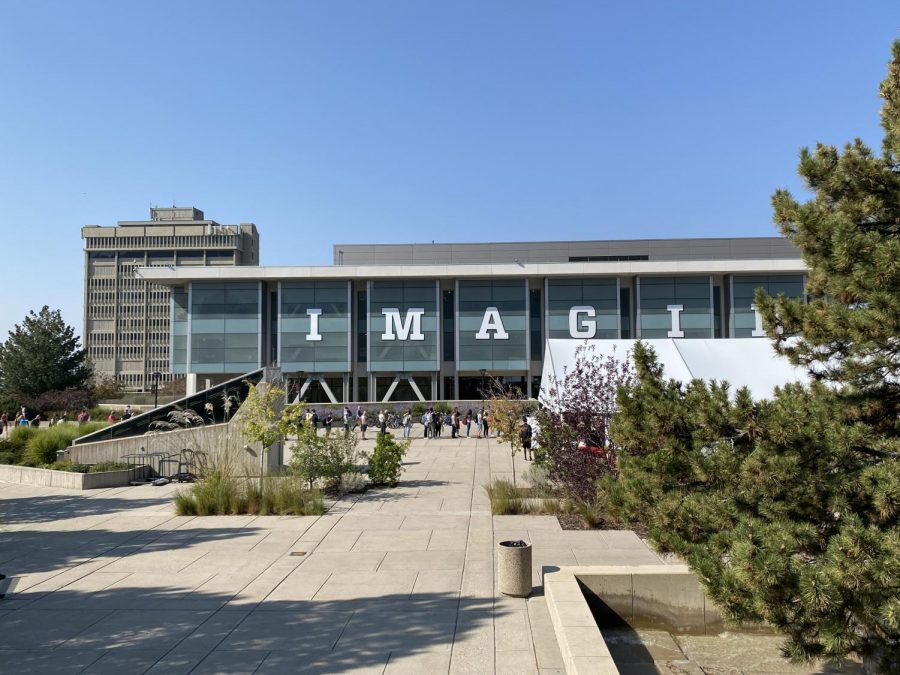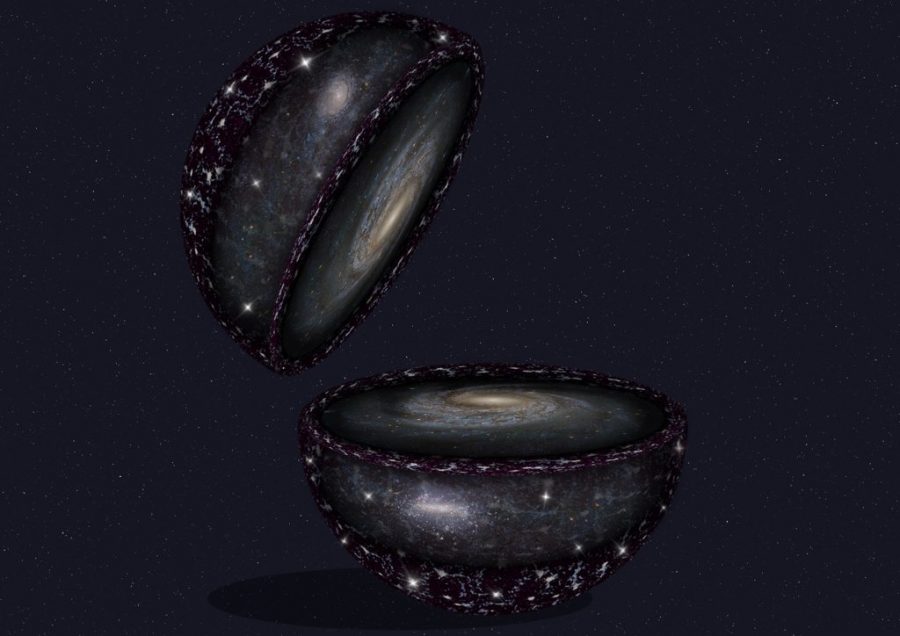Sloan Digital Sky Survey (SDSS) is moving into its fifth generation of sky mapping, and the University of Utah will play a pivotal role in its upcoming survey.
Following a $16 million grant from the Alfred P. Sloan Foundation, SDSS will kickstart an all-sky spectroscopic survey in search of groundbreaking discoveries, primarily focusing on the Milky Way, black holes and the local volumes and compositions of galaxies. Referred to as SDSS-V, the project is expected to launch in 2020.
“The University of Utah was one of the first members to join the project, and a number of staff and students are participating,” said Gail Zasowski, an astronomy professor and spokesperson for SDSS. “Though the data collection sites aren’t located in Utah, most of it gets piped straight to the U’s Center for High Performance Computing, where it’s processed and stored.”
SDSS is one of the most thorough dark sky surveys in the history of astronomy. It has created the most detailed 3-D maps of the universe. The newest map plans to build off of previous surveys, revolutionizing astronomical knowledge by pioneering all-sky spectroscopic observations, taking the spectra of another 6 million objects and monitoring many of the objects’ changes over time.
“This survey will have a major impact on astronomy,” Zasowski said. “Beyond all of the scientific information uncovered, one of the things that makes this particular project stand out is that the SDSS releases all of its data completely publicly. Anyone in the world can download and process it. That means that the information can be used by a far larger number of astronomers than those in the program. The more scientists there are processing, the more we will learn about the universe.”
SDSS-V will involve three separate projects, each focusing on different components of the universe — the Milky Way Mapper, the Black Hole Mapper and the Local Volume Mapper. The Milky Way Mapper focuses on the formation of the Milky Way and its stars and planets. The Black Hole Mapper is set to study the formation, growth and sizes of the black holes that haunt the centers of galaxies. The Local Volume Mapper will study the first complete spectroscopic maps of the most important nearby galaxies.
“One of the biggest components of the survey is the Milky Way Mapper,” Zasowski said. “It’s not so much about taking pictures of stars and features of galaxies, it’s about figuring out what these elements are made of and how they move. Big questions we have regard how fast are they moving toward and away from us, what are they composed of, etc. … That and their age helps us better understand galaxies and their histories.”
Scientists simply don’t have enough data about stars over the whole galaxy. They want to know more about what they are made of, and how they change through time. Being able to map how light is released will help astronomers to understand how stars are formed and how they continue to exist.
The survey primarily operates out of two locations — the Apache Point Observatory in New Mexico, and the Carnegie Institute of Science’s Las Campanas Observatory in Chile. Apache Point is home to the survey’s original 2.5 telescope, which is the most cited telescope behind Hubble. It plans to make use of both optical and infrared spectroscopic data, to observe the sky not only in two hemispheres, but also in two wavelengths of light.
Joel Brownstein, a professor in the U’s Department of Physics and Astronomy, is the principal data scientist for the survey. He and his team will run a variety of data reduction and analysis systems that will examine the raw data collected by the telescopes and process it into a format that anyone from young students to professional astronomers can understand.
So far, the project has support from 18 institutions, with more set to join. The SDSS consortium hopes that this survey will answer some of the most perplexing questions in astronomy.
“The SDSS cares a lot about collaboration and outreach,” Zasowski said.
She recommends curious people to visit SDSS’ website to learn more about its work and about astronomy in general.
“There are a lot of resources available, even lesson plans for people with no scientific knowledge at all.”















